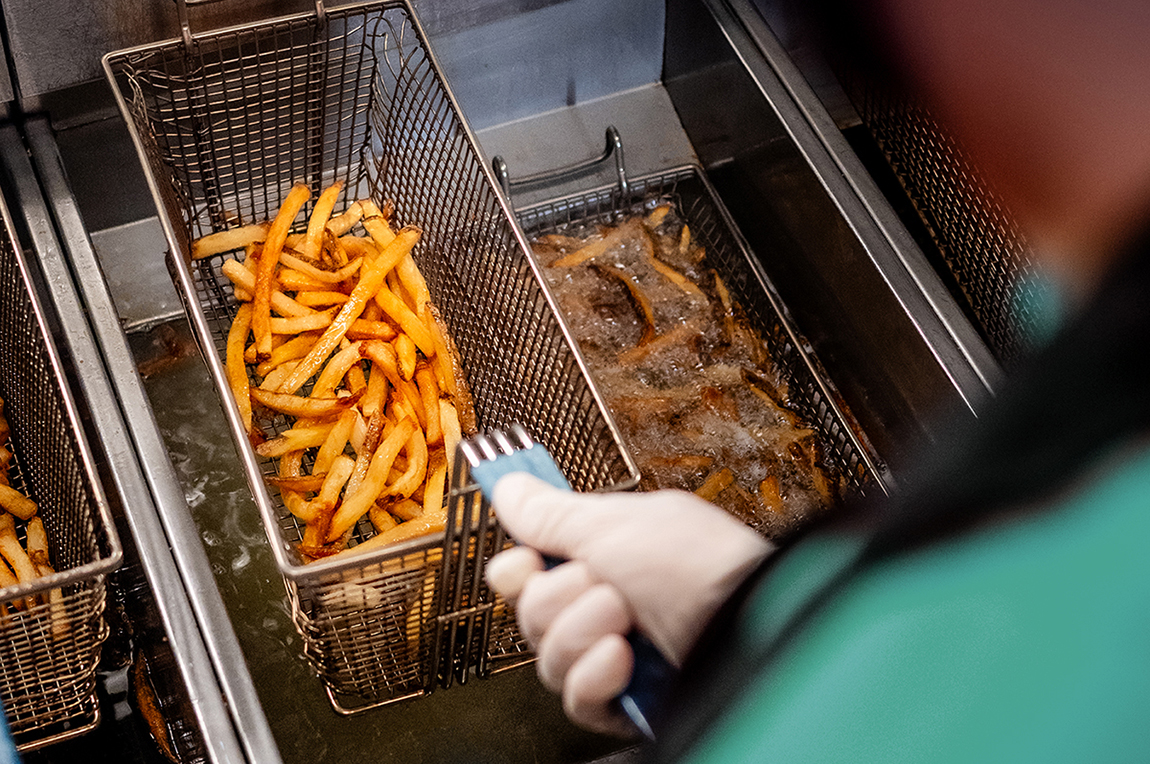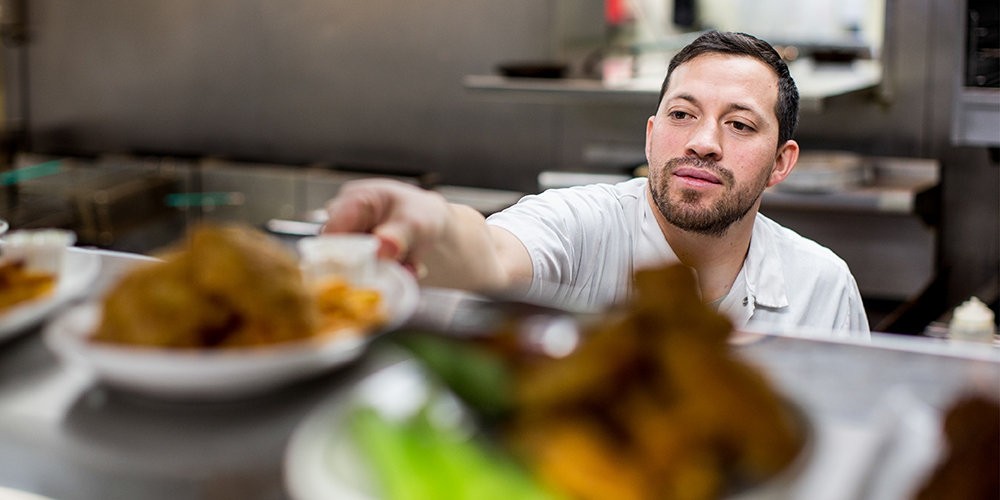As anyone in the restaurant and retail food industry will tell you, the past six months of the pandemic have been tough. Most restaurants around the country were shuttered altogether or offering only takeout or delivery options until recently. C-stores, deemed “essential,” were open for business throughout the crisis … but saw that business change dramatically. To survive, both of these segments of the food industry have had to get creative and innovative. Customer needs and preferences changed in the blink of an eye, and savvy establishments pivoted, and pivoted again, in response to those changing tides. Employees in both segments have had, and continue to have, concerns about safety while doing their jobs.
For many, getting through this time means coming up with new, creative ways to serve customers and keep employees happy and secure. Not just surviving, but thriving during this ongoing uncertainty is serious business — make-or-break business — but it can also showcase people’s creativity, innovation and, dare we say it? Sense of fun.
Here are some of the most creative ways the food industry is operating as we all settle into a new normal.*
Restaurants
For restaurants, it’s been about navigating social distance, and creating new ways to serve customers in takeout, delivery and dine-in environments.
A pop-up deli
A fun idea that can cut down on food costs and serve customers in a new way is to create a pop-up deli in your restaurant or parking lot. It’s about preparing, and perhaps freezing, your restaurant’s signature and most popular dishes with fresh ingredients that may have otherwise had to be tossed. You can kick that up a notch by bottling your homemade dressings and sauces, too. Boom, you’ve done double duty. You’ve trimmed your food waste and created a new way to serve customers who are wary of dining in but longing for the dishes they love. QSR Magazine highlighted a trend of creating meal kits, in which restaurants deconstruct their dishes and package them for customers to take and make at home.
Fun specials and promotions
Nowadays, everyone can use a little levity. Creating specials and promotions is nothing new for restaurants, but you can have a little fun with the situation by creating Coronavirus Cocktails, Social Distancing Entrees (featuring onions and garlic to keep people at bay), Pandemic Pasta and other plays on words.
Creative social distancing solutions
As restaurants are slowly opening for indoor and outdoor dining, social distancing is mandated in many areas of the country and restrictions on seating capacity are in place as well. Moving tables and chairs to create that distance is out of the question for many restaurants (put them where?) so they’ve gotten creative with taking up those tables. Eater recently highlighted some fun ways restaurants are handling this: blow up dolls, mannequins or cardboard cutouts of diners seated at tables and at the bar in restricted areas; big stuffed animals seated in chairs or in the booth at a four-top to restrict space to only two diners; and even physical barriers like plexiglass shields between tables, plastic “tents” around barstools or tables, and even plastic cones reminiscent of the Cone of Silence in “Get Smart.”
Pop-up outdoor dining
IE Italian Eatery, a restaurant in Minneapolis, Minnesota, got creative with its outdoor dining options when indoor dining was closed or limited. It started small, with an outdoor grill and small bar in their parking lot. They grilled a couple of simple dishes and offered a very limited selection of beer and wine. Customers would order from the grill and eat in their cars, at a nearby lake or bring lawn chairs to set up. When the line started to go around the block, the restaurant kicked it up a notch, putting up a tent above the grill and a now-full bar, complete with bar and table seating under the tent. Next, it got serious. They built a rooftop for the tent, where they set up bistro tables, creating two levels of seating. Soon came strings of lights on both levels, and voila, they had created the Pop Up Piazzia Grill Tent, the most romantic and popular outdoor dining venue in the neighborhood. By getting creative, their business boomed during the pandemic. They plan to keep it open until the Minnesota winter kicks in.
C-stores
For C-stores, it’s been less about serving commuters and more about becoming a quick substitute for a grocery store.
Switching up the prime time
Prime time for many C-stores is the morning commute, where their coffee sales, breakfast items and other to-go foods and drinks get customers through that long commute to work. The pandemic put an end to that commute for many people, and C-stores saw their sales drop during that time period as a result. Many savvy stores realized a new market was emerging — take-out dinner. Customers weren’t patronizing restaurants as much and needed quick dinner options for their families. Creating more grab-and-go dinner options filled that void. One way C-stores found to beef up their handheld, grab-and-go options was to partner with a local restaurant to offer branded sandwiches, salads and other signature items to further capitalize on the increasing need for dinner options.
Increasing grocery items
Customers have been wary of the grocery store during the pandemic. NACS Magazine pointed out that many C-stores have responded by becoming a quick alternative, stocking more produce and deli items. Some are partnering with local farmers to provide fresh, local produce as well.
Stocking more COVID essentials
Making sure to carry the essential items, like toilet paper, hand sanitizer, cleaners and plastic gloves, especially early on in the crisis, has been key to driving store traffic.
Ramping up service
CSP Daily News reports that many C-stores kicked service up a notch during the pandemic. For customers wary of entering the store, they instituted full-service options at the pump (and didn’t charge a premium) and curbside pickup of store purchases.
There’s a new term circulating when people talk about surviving this pandemic: PTG. We all know what PTSD is, post-traumatic stress disorder. This new term signifies post-traumatic growth. It means focusing on the positives of what we’ve learned through this crisis.
For the food industry, it can certainly mean the feeling of accomplishment, knowing we pivoted on a dime, shifted our sales models in the blink of an eye, pulled together and summoned creativity and innovation to survive. The lessons learned when we all come out on the other side of this crisis will be profound and long lasting.
*Nothing herein constitutes legal advice or other formal direction or guidance of any kind. The information herein is offered for general information purposes only.



